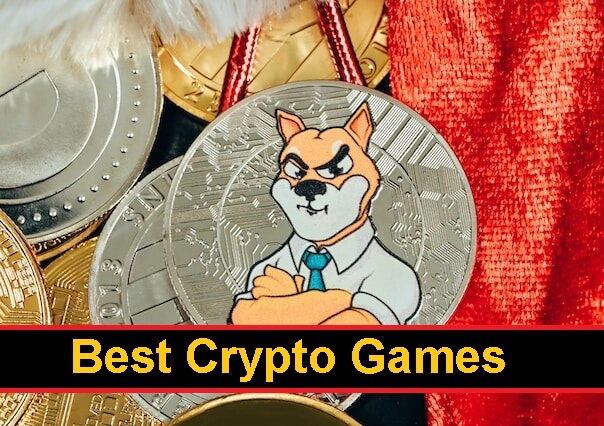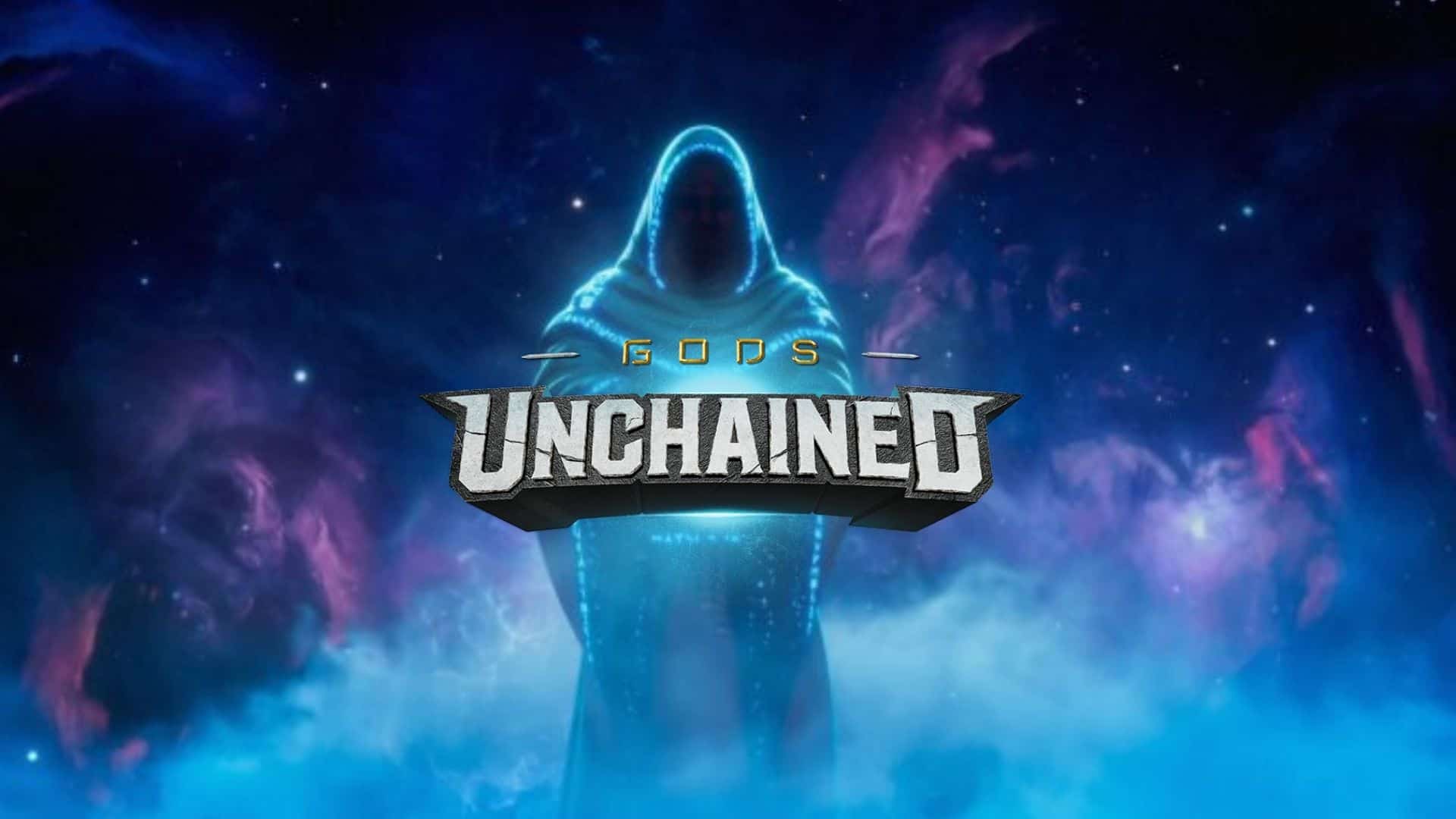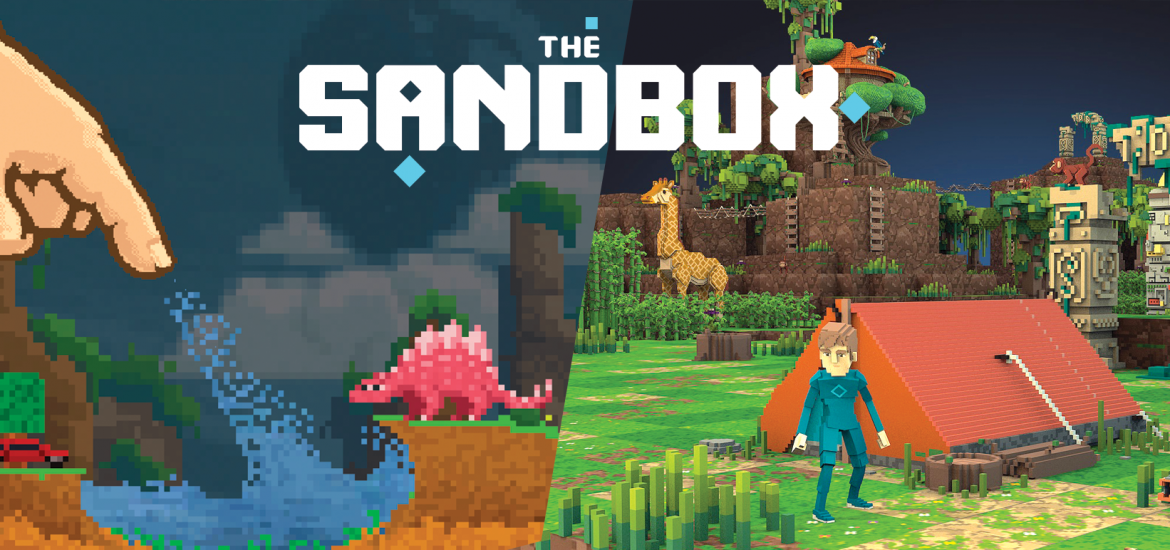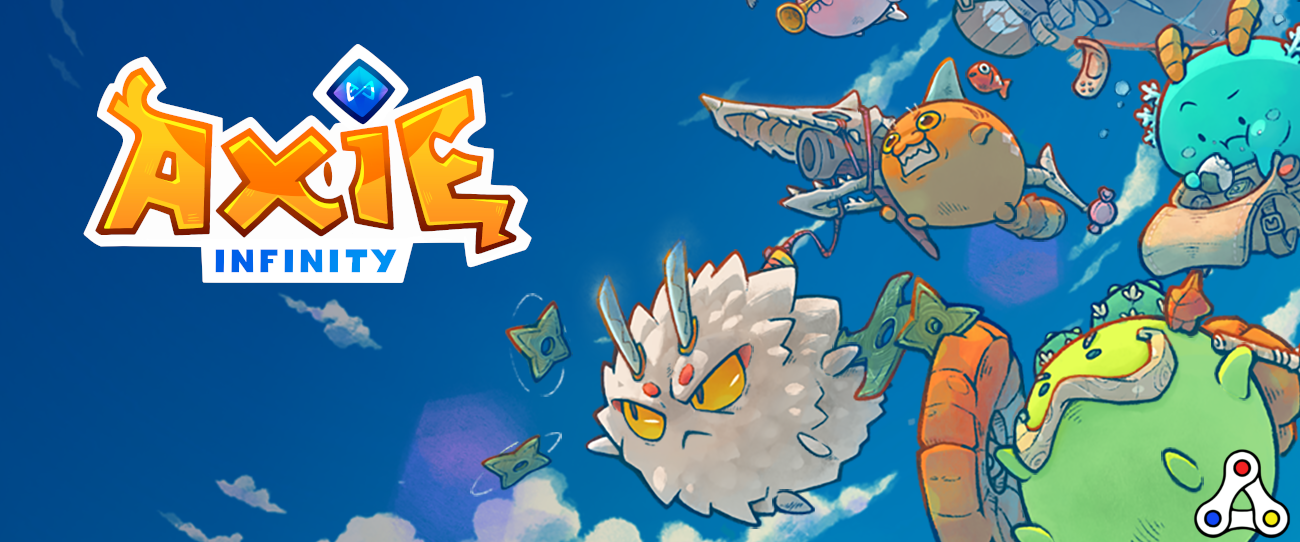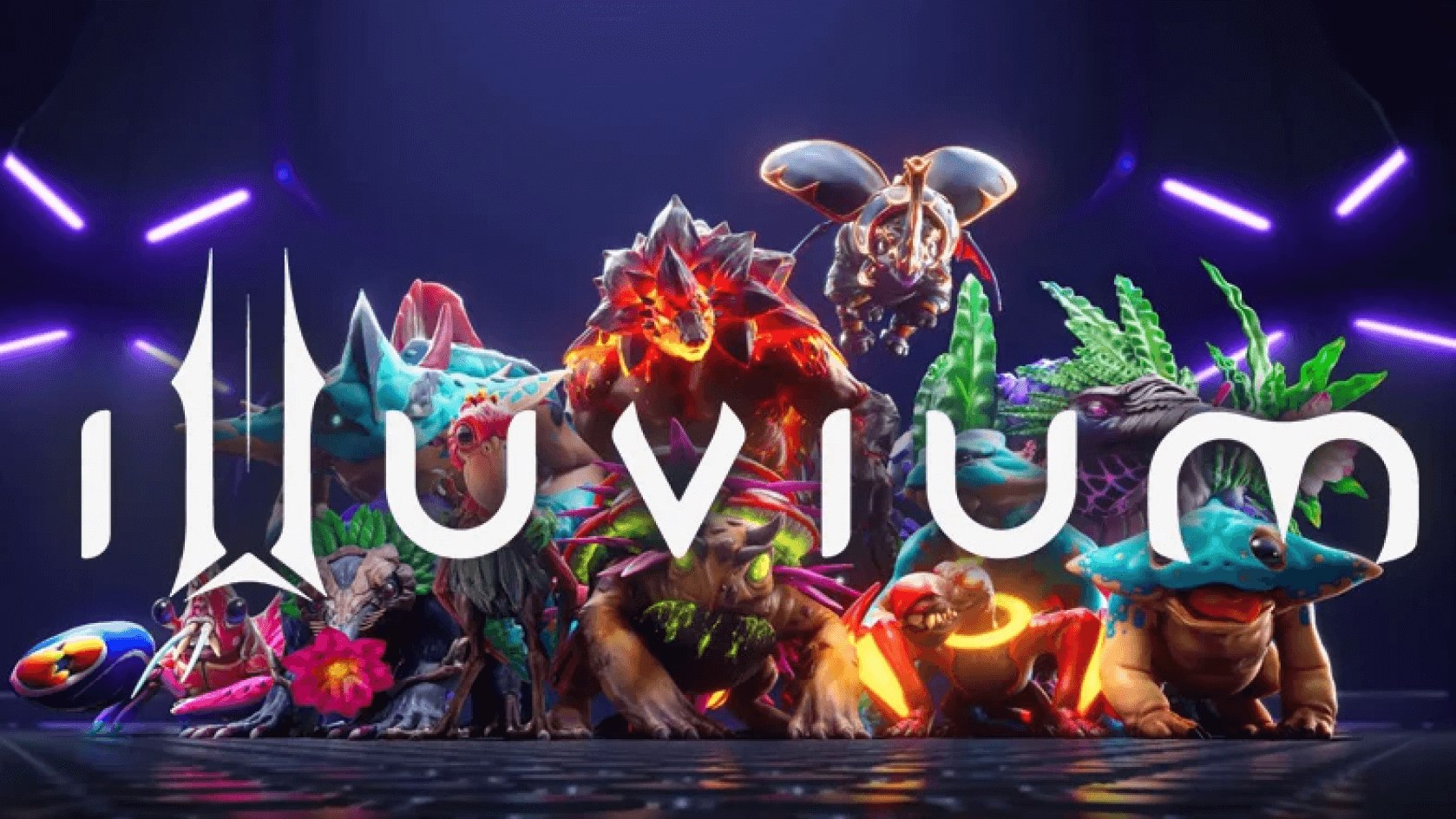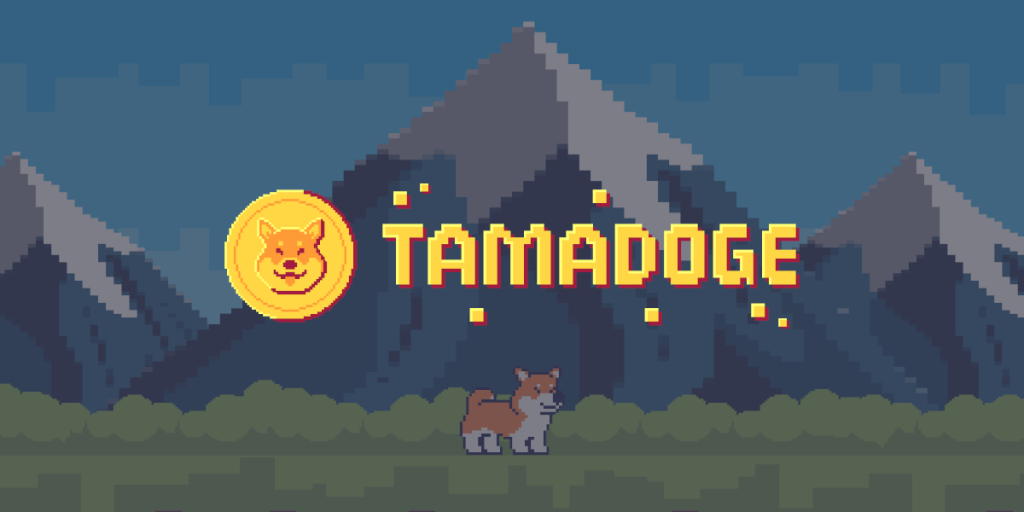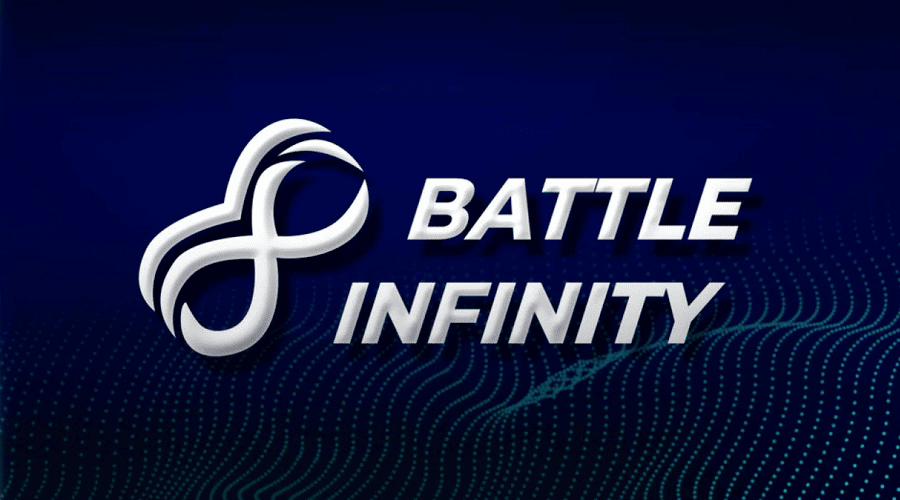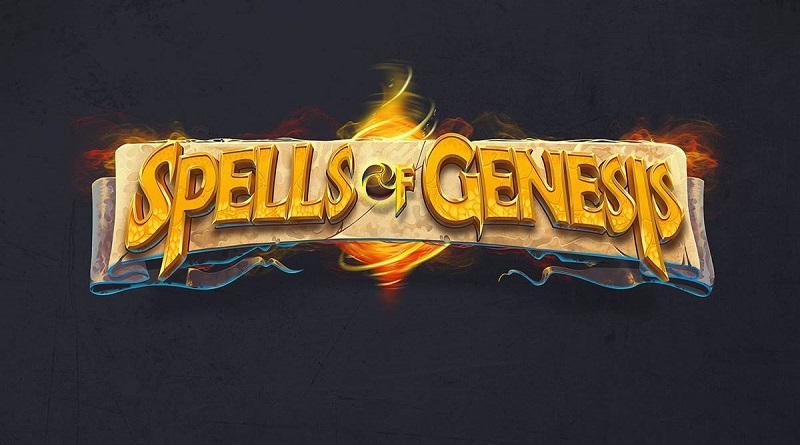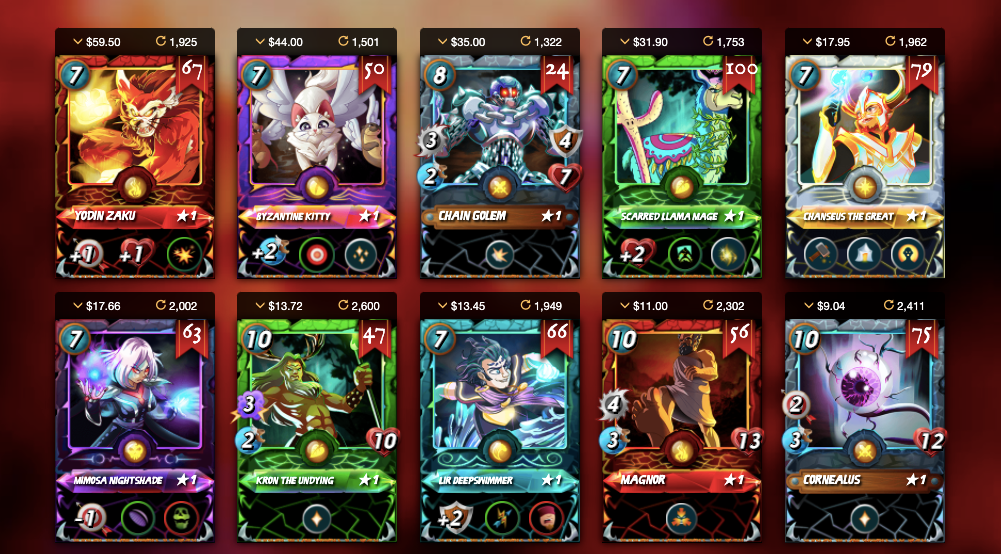Play-to-earn (P2E) Bitcoin games are both entertaining and rewarding. Unlike typical video games, play-to-earn gaming allows you to make real money from your crypto gaming activities.
You can earn cryptocurrency by playing everything from pet-themed games to 3D metaverse games and even fitness activities, and you can choose what to do with your winnings.
What is play-to-earn Cryptocurrency Gaming?
Play-to-earn crypto gaming, also known as “play-to-earn gaming,” is a new paradigm in online gaming that uses blockchain technology and cryptocurrencies to allow players to earn real-world value for their in-game activities and achievements. This idea has acquired a lot of traction and interest in the gaming and cryptocurrency industries.
In traditional video games, players spend numerous hours acquiring in-game things, currency, and accolades that have no real-world worth but have value within the virtual game world. Play-to-earn gaming alters this by incorporating blockchain technology, which creates unique, verifiable digital assets that can be purchased, sold, and exchanged outside of the game environment. These assets are “non-fungible tokens” or “crypto-assets.”
Here’s how standard play-to-earn crypto gaming works:
- Integration of NFT: NFTs are used by game producers to represent various in-game goods, characters, land, skins, weaponry, and other digital assets on the blockchain.
- Scarcity and ownership: NFTs are personally held, and the blockchain ensures their scarcity and uniqueness. This means that users have complete ownership of their in-game assets and can verify it on the blockchain.
- Making Money with Cryptocurrency: By engaging in the game, players can earn these NFTs or other cryptocurrencies. Examples are completing missions, conquering fights, or reaching specified milestones.
- Buying and selling: Once acquired, players can trade, sell, or auction their NFTs for cryptocurrencies such as Ethereum or other blockchain-based tokens on various online marketplaces.
Pros and Cons:
Pros:
- Scarcity and ownership: The sense of actual ownership and scarcity is one of the critical benefits of crypto games. Players hold one-of-a-kind digital assets represented on the blockchain by NFTs, which can be traded, sold, or held as digital collectibles.
- Earnings Prospects: Play-to-earn games allow players to earn real-world money for their in-game activities. This can especially appeal to people living in areas with few career possibilities or wanting to augment their income.
- Decentralization: Many cryptocurrency games are built on blockchain technology, which encourages decentralization and eliminates the central authority that is common in traditional games. This may increase player autonomy and control over the game’s economy.
- Innovation: The convergence of blockchain and cryptocurrency technologies has resulted in novel gameplay dynamics, economic models, and digital asset ownership structures that can improve the gaming experience.
- Global Availability: Crypto games are available to gamers worldwide, providing a more diverse and inclusive playing population.
- Participation in the Community: As participants collaborate, trade, and exchange tactics to maximize their earnings, the play-to-earn concept fosters substantial community participation.
Cons:
- The Learning Curve: Entering crypto gaming requires knowledge of blockchain technology, cryptocurrency wallets, and trading intricacies. For new players, this learning curve might be intimidating.
- Volatility: The volatility of cryptocurrency prices is well recognized. The value of gained tokens or NFTs might change dramatically, affecting the overall value players accumulate.
- Fraud & Scams: Because the crypto gaming business is still relatively new and decentralized, there is potential for scams, fraud, and deceptive enterprises to prey on unwary participants.
- Uncertainty in Regulation: The convergence of gaming and cryptocurrency is overcoming regulatory hurdles in several jurisdictions, potentially resulting in legal ambiguity for players and creators.
- Technical Difficulties: Blockchain technology may create technical problems such as scalability, network congestion, and high transaction fees, which may impact the game experience.
Features of Crypto Games:
- In crypto games, participants have complete control over their NFTs. This ownership is protected by blockchain technology, which enables players to show ownership and control over their assets independently of the game publisher.
- Many crypto games follow a play-to-earn concept, where players can earn bitcoin or valuable in-game products by engaging in various game activities. This financial incentive promotes player involvement and participation.
- Cryptocurrency games usually employ decentralized technology such as blockchain and smart contracts to avoid the need for a central authority. This has the potential to result in more transparent and player-centric game economies.
- Some crypto games strive for interoperability, allowing players to use their NFTs in many games or virtual worlds. The value and usability of acquired assets are increased by cross-game interoperability.
- NFTs, like collectibles, are frequently designed with limited availability or scarcity in mind. The scarcity of NFTs might increase their value and create a sense of exclusivity among gamers.
- Many cryptocurrency games include built-in marketplaces where players may buy, sell, or exchange their NFTs. These markets often use blockchain technology to enable safe peer-to-peer transactions.
- Blockchain technology ensures transparency in ownership, transaction history, and asset data. Players can research an NFT’s history, former owners, and provenance.
Top 10 Crypto Games:
Before delving into the greatest play-to-gain games, let’s take a quick look at each of them:
1. Gods Unchained:
Gods Unchained is one of the top P2E games in the crypto business. It is a decentralized, epic trading card game built on Immutable X, an Ethereum Layer 2 solution that allows users to exchange cards for digital money. Gods Unchained allows users to earn money while playing exciting card games, building, and trading with full NFT ownership. To win battles and tournaments, Gods Unchained players must interact tactically.
Gods Unchained is a free-to-play and earn cryptocurrency game, so players do not need to pay any money to get started. One intriguing aspect is that players do not need to purchase any tokens or assets to gain access to the gaming site. Users’ accounts are automatically credited with free cards when they sign up and create an account. Players can use these cards to familiarise themselves with the game and environment and participate in friendly battles.
2. The Sandbox:
The Sandbox is a multiplayer metaverse game that combines the concept of creativity with commercialization. Players can create digital multiplayer gaming experiences and voxel assets to commercialize for real money. The Sandbox enables players to manufacture and sell NFTs on the market. Payouts for sales are made in SAND, The Sandbox’s in-game currency.
The platform supports exclusive activities such as creating virtual worlds, buildings, art, events, and resources. As a result, players can control how the world interacts with them, resulting in an infinite number of games on the platform.
The Sandbox, like Decentraland and several other items on our list, allows players to purchase, sell, and rent virtual land. Despite its infancy, The Sandbox has already attracted some of the biggest names in the entertainment industry, like Snoop Dogg, Adidas, and Deadmau5, to name a few.
3. Axie Infinity:
Axie Infinity is one of the industry’s most popular P2E games. It has fascinating gameplay in which players are forced to battle their opponents using their pets in a digital realm. Axie Infinity players must use their ability and a healthy dose of competitiveness to advance up the tiers.
To begin, players must locate and acquire pets known as “Axies” before fighting with other players. Each Axie represents its own NFT. Another critical aspect of the gaming experience is that users must look for powerful Axes to defeat opponents.
The site offers six Axie breeds, each with six body parts and various stats. As a result, it is necessary to be astute in selecting which pet can dispatch the opponent. This is especially true given the game’s emphasis on various environments that necessitate distinct attributes and techniques to prevail.
4. Illuvium:
Because of the platform’s dramatic extraterrestrial encounters, Illuvium is regarded as one of the top emerging crypto games. It’s a beautiful NFT game with a fascinating RPG action and planetary exploration blend. Illuvium is also the world’s first Interoperable Blockchain Game (IBG).
Illuvium’s idea is that players must strive to survive a destroyed starship. After that, they find themselves on Illuvium, a wrecked planet inhabited by Illuvials with otherworldly powers. At this point, players are tasked with finding and capturing Illuvials, which are required to form a strong squad and compete in PVP games and other objectives.
5. Tamadoge:
Tamadoge is another top option in the business for a high-potential investing game. It is a new Bitcoin gaming project that sold out its presale in less than eight weeks before surging after being launched on exchanges. Tamadoge is a planned NFT pets game with a Doge theme that aims to capitalize on meme coin popularity while also providing more utility – its native token, TAMA, will be the reward token that players will obtain for battling their Tamedoge dogs.
From infancy to adulthood, players will care for, feed, and train their pets called Doges – the game’s name is also a play on the 1990s fad ‘Tamagotchi.’ At launch, the NFT pets became the most popular collection on OpenSea, with investors spending more than 250 ETH for the top 100 pets, increasing stats in the game.
6. Battle Infinity:
Battle Infinity is a new metaverse game that aims to deliver various benefits to its players by mixing unique gaming mechanisms with the virtual world.
Furthermore, Battle Infinity has an IBAT Premier League, which offers participants a fantasy sports game linked to the Metaverse.
As a result, players will have access to different platforms and NFT games from which they can earn money. Furthermore, it allows players to have their distinctive avatar, which can be enhanced by changing their attire or hairstyles in the Battle Market.
7. My Neighbor Alice:
My Neighbour Alice is a delightful multiplayer play-to-earn farming-based crypto game. The game is relaxed, allowing players to own land, engage in farm operations, and connect. Antler Interactive, a Swedish interactive mobile game firm, created this farming-themed game.
Playing My Neighbour Alice usually entails owning land and engaging in farm-related tasks. Players in My Neighbour Alice can maintain bees, go fishing, and even construct their land to make it as farm-like as possible. Players utilize the ALICE token to purchase in the game’s marketplace to obtain the required resources.
8. Spells of Genesis:
Spells of Genesis is a free play-to-earn puzzle game that works with various blockchains. The game is geared toward mobile device users and is accessible on the Apple App Store and the Google Play Store. Ethereum and Counterparty are among the blockchains with which the platform is compatible.
Spells of Genesis include over 300 blockchain cards. The cards can be purchased in-game with crypto tokens. The game’s in-game currency is divided into three types: gold, crystals, and gems.
Notably, the play-to-earn function in Spells of Genesis pays players with crypto that can be converted to cash in return for their time spent playing the game.
You can use Ethereum to purchase in-game products to increase your earning potential.
9. Decentraland:
Decentraland is a well-known and widely utilized crypto gaming platform, with gamers continually recognizing it as one of the top play-to-earn crypto initiatives in the business. Decentraland is a virtual gaming community built on the Ethereum blockchain in which players can play games and earn non-fungible tokens (NFTs) in exchange.
Users in this virtual world can buy and sell NFT-coded pieces of land and real estate properties. Decentraland allows many businesses to build outlets within its ecosystem to broaden its worldwide reach. This includes well-known corporations such as Samsung, sporting labels such as Skechers, and many more. Furthermore, Decentralised allows crypto gamers to build gaming challenges, social experiences, and events that can help them earn money when other players participate. Due to these capabilities, Decentraland is transformed from a simple game platform into a full-fledged e-commerce virtual reality network.
10. Splinterland:
Splinterland, known initially as Steem Monsters, is a cryptocurrency card game built on the Hive blockchain and connects to other blockchains. Splintershards, which serve as the game’s native governance, are included.
Splinterland is one of the best blockchain-based card games because of its unique gameplay features. It lets users fight monsters and receive prizes and crypto tokens in exchange. For its actions, the blockchain card game employs two sorts of cards: summoner’s cards and monster’s cards. A player can own both the summoner’s and the monster’s cards. However, only one of them can be used simultaneously.
When a player uses the summoner’s card, the player invites another player with the appropriate monster’s card to battle. Dark Energy Crystals (DEC) are Splinterland’s in-game currency. As a result, winning battles increases the amount of Dark Energy Crystals a player owns, implying more money from the game.
Conclusion:
To summarise, crypto gaming is a game-changing merger of blockchain technology with video games, providing players with ownership of unique in-game assets via NFTs and the opportunity to earn real-world wealth through participation in play-to-earn models. While it offers excellent opportunities for economic empowerment, decentralized economies, and inventive games, it also comes with disadvantages, such as legislative uncertainty, technical complications, and market volatility. Individuals should conduct rigorous research as the business matures, appreciating its potential advantages and inherent risks.
FAQs:
What exactly is play-to-earn gaming?
Play-to-earn gaming is a business concept in which gamers earn bitcoin or other in-game goods by actively playing the game. Examples are completing missions, conquering fights, or reaching specified milestones.
Can you make money playing crypto games?
Players can earn real-world value through cryptocurrencies by participating in the game’s activities and earning NFTs, which can then be sold or exchanged for profit.
What are the dangers of cryptocurrency gaming?
Some dangers include bitcoin market volatility, potential frauds or fraudulent enterprises, regulatory concerns, technological hurdles, and the necessity for a solid understanding of blockchain technology.
Are cryptocurrency games decentralized?
Many crypto games strive for decentralization by utilizing blockchain technology and smart contracts. This can allow players more autonomy over their assets and the economics of the game, limiting the influence of centralized entities.
How do I get started with cryptocurrency gaming?
To begin, you’ll need to create a cryptocurrency wallet, obtain some cryptocurrency (typically Ethereum), research and select a trustworthy crypto game, and become acquainted with the game’s rules and NFTs.

